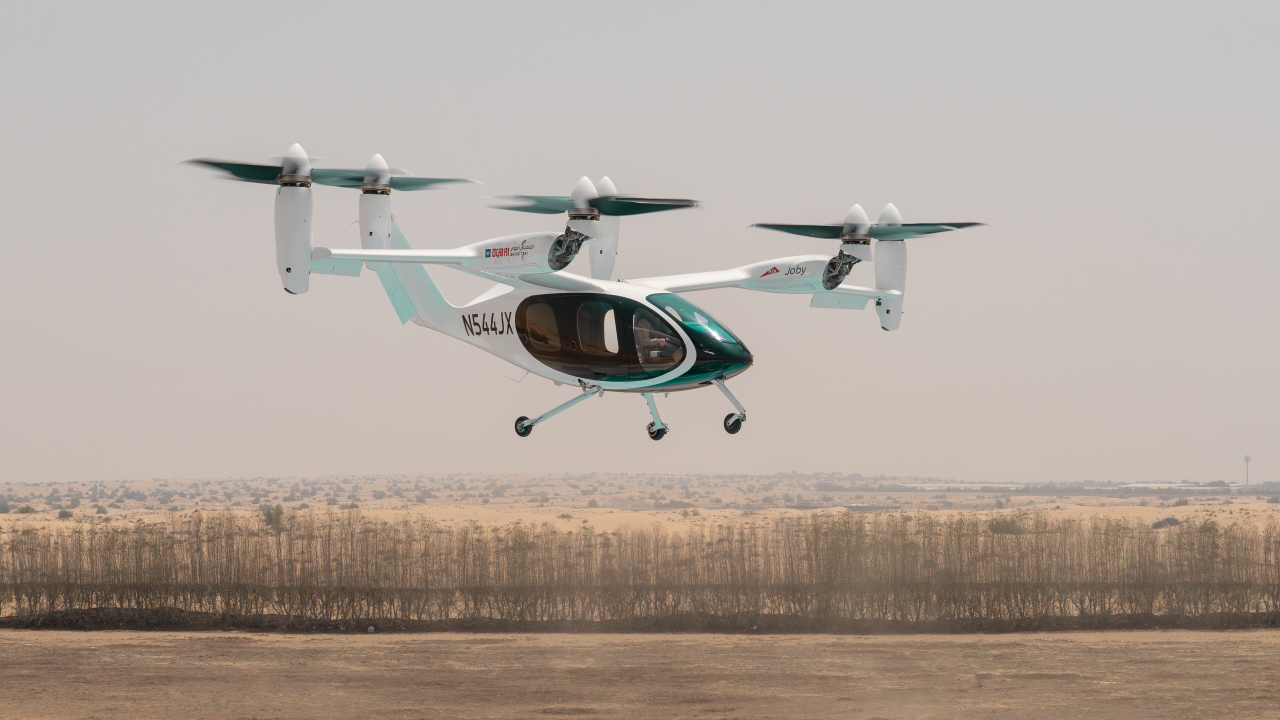Destination Morocco: Solar Impulse successfully lands in Madrid for technical stopover

The prototype landed successfully in Madrid-Barajas airport at 01:28am (UTC+2) this morning. This strictly technical layover is also a chance to change pilots before the solar airplane reaches its final destination of Rabat, Morocco.
After a flight lasting a total of 17h 3min 59s, André Borschberg safely landed the solar aircraft in Madrid-Barajas airport. The Solar Impulse airplane took-off yesterday morning at 08h24am (UTC+2) from Payerne aerodrome in Switzerland, following the previously scheduled flight plan over the Pyrenees. The aircraft flew over the Massif Central towards the city of Toulouse, France, flying over the Pyrenees mountain range at an altitude of 7,833m and finally arriving in Spain, landing on Runway 33L.
“The flight went very well and thanks to the team of meteorologists, everything went according to the plan: it was extraordinary,” said Borschberg. “It was incredible to fly alongside the barrier of clouds during most of the flight and not need to hesitate to fly above them. This confirms our confidence in the capacity of solar energy even further.”
To raise awareness about solar energy’s potential to minimize global dependence on petrol and its derivatives, the Moroccan Agency for Solar Energy (Masen), which is responsible for Morocco’s solar energy plan, will host the Solar Impulse team upon arrival in Rabat. “We look forward to the landing of the HB-SIA which carries so many messages we wish to share on the use of renewables, in particular solar energy” said Masen’s president, Mustapha Bakkoury.
Solar Impulse’s presence in Morocco is meant to participate in Masen’s commencement of construction activities, in the Ouarzazate region, of the solar complex which will hold the world’s largest thermo-solar power plant. Of a capacity of 160 MW, the plant is part of Morocco’s energy plan whose goal is to build, by 2020, five solar parks with the capacity of 2000 megawatts, reducing CO2 emission of 3,7 million tonnes. Solar Impulse supports this project, which is in line with its own message and its philosophy of renewable energies.
"Solar Impulse symbolizes the pioneering and explorer spirit necessary to find new solutions, outside of old habits and certainties, to respond to today's challenges," said Piccard.
Once the airplane has undergone routine technical check-ups, Piccard will pilot the Solar Impulse aircraft on the second leg of its first intercontinental flight. The approximately 800km flight will begin in the coming days and is due to fly over the Gibraltar strait and Mediterranean, landing in Rabat-Salé airport some 20 hours thereafter.
Stay up to date
Subscribe to the free Times Aerospace newsletter and receive the latest content every week. We'll never share your email address.

